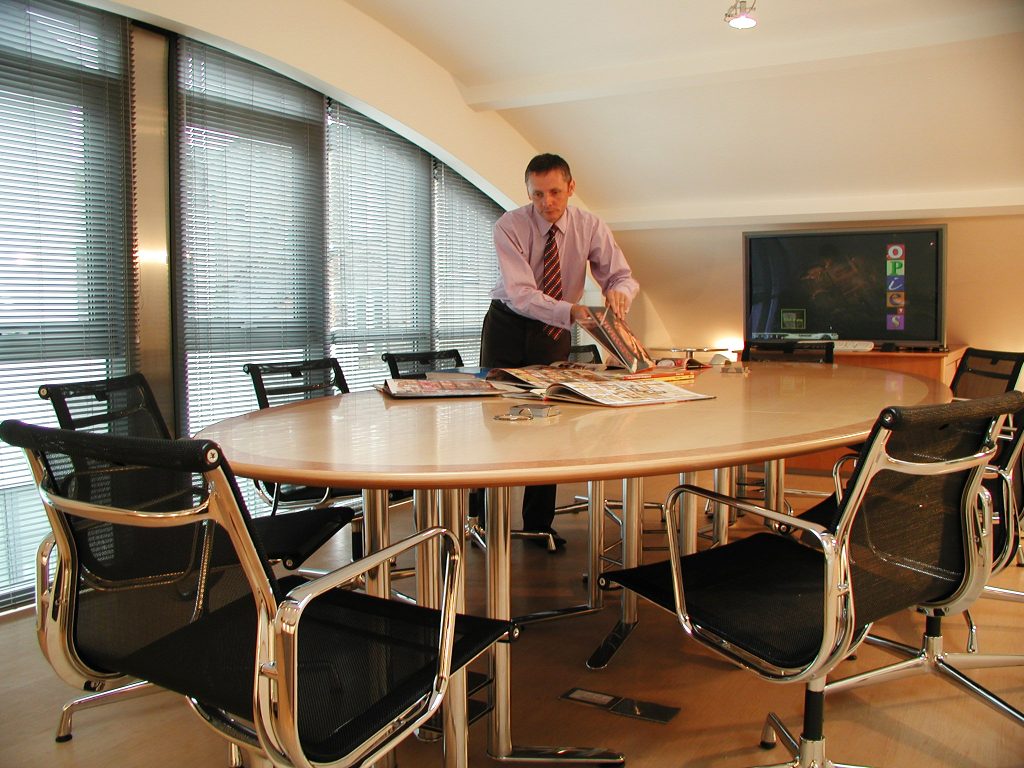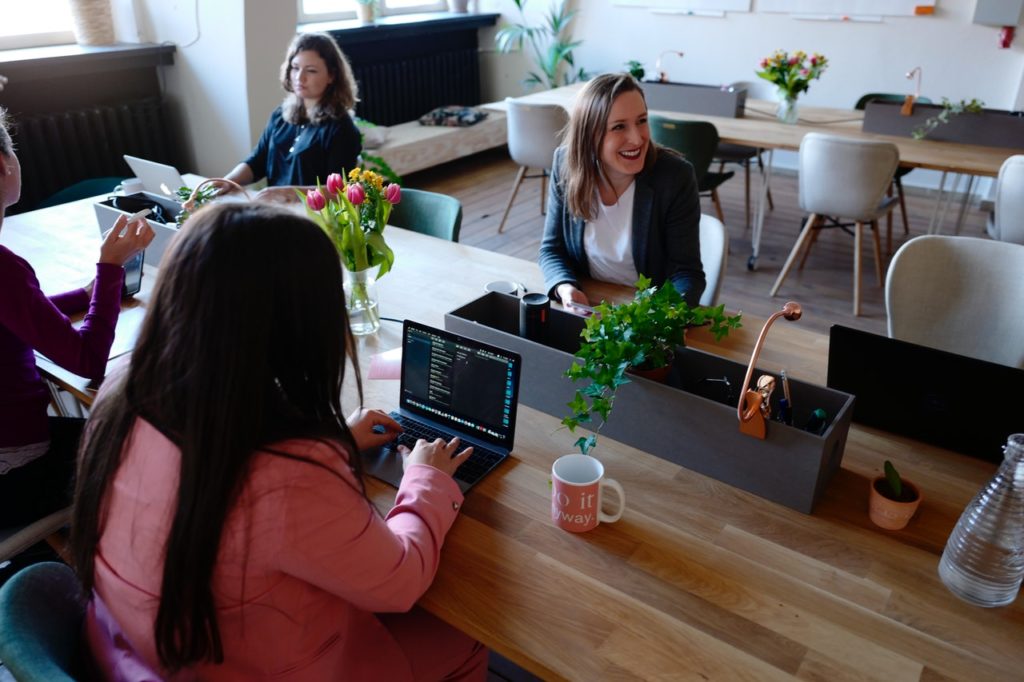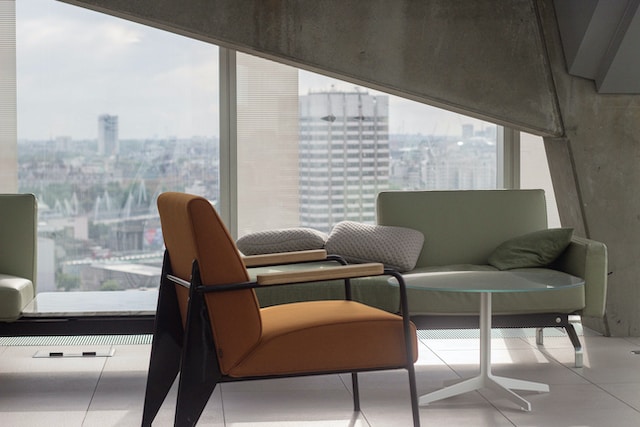Coming up to the 2 year anniversary of the initial coronavirus outbreak, we evaluate the five key ways that office spaces have changed since Covid started and what we can expect for the future of offices.
Demand for the office space
The demand for office space has fluctuated dramatically over the last two years with a huge amount of variation between sectors. In the initial weeks of the pandemic outbreak, when it was assumed to be a short-term problem, companies were adamant that there was no need to give up their office space. However, as the effects started to become more long-term, many companies took this as an opportunity to downsize or give up their physical workspace entirely as remote working became the new normal. When working in crisis mode, employers are often forced to evaluate fixed costs and look at where they are immediately able to cut down expenses.

However, over time, people have started to see the value of an office space and the many limitations that come with a full-time remote workforce.
For some sectors, remote working makes complete sense. Thus, downsizing or opting for a shorter office lease could be a valid choice for employers and a way of substantially reducing operational costs. However, this is not true across all sectors.
Now, companies must weigh up the potential benefits and drawbacks of having an office space and decide which roles require the expense of an office. It may be that for offices to open in a safe way and follow guidelines of maintaining physical distancing, there may be a demand for increased office space. Staggering of shifts and hybrid working may be a way of managing this in a cost effective way.
Office layout
The coronavirus pandemic has, for some, not only highlighted the value of having an office, but the need for a better and more versatile office space. Traditional office spaces may not need the modern needs of a multifunctional office space with lots of services. Thus, older buildings with fixed layouts may not be what is required right now. After so many months of remote working, the existence of an office will need to be justified, meaning that it has to become more function focused than ever before.
Thinking purely on function, another result of the coronavirus pandemic could be that companies choose to split their operations across multiple small locations rather than opting for one centralised office location. This could benefit companies in the long-term and make their work operations more resilient in case of future setbacks. Not only this, but it means that workers are not densely packed together in one location.

Now may be the time for a total revamp of what we consider to be a typical office. For example, the combination of private offices in London, cubicles, meeting rooms and shared facilities such as a kitchen may be a thing of the past. In a post-coronavirus world, it may make more sense for companies to create workspaces to facilitate the type of interactions that have not been able to take place remotely. This could mean more collaborative spaces and hotdesking.
Talent recruitment and retention
The office will also have the ability to directly impact how talent is recruited and retained within the company. Firstly, many organisations will choose to implement a staff-wide obligatory vaccination policy. This means that people who are unwilling or unable to receive the vaccine are putting their employment status at risk.
Due to the rise of remote working, potential employees, in some cases, have become more demanding about their needs. Groups of talent are less willing to relocate for a job than they have been in the past believing that the last couple of years have demonstrated how the majority of jobs can function on a remote basis. This means that organisations will need to reassess what can be done remotely and which roles must be carried out on-site; all of these decisions will help them plan their recruitment and retention strategy.

Not only that, some companies have chosen to pay employees more if they are working from the office rather than working from home. Google was one of the trailblazers for this idea, stating last year that employee pay will be lowered if they choose to work from home permanently if their remote location has lower labour costs than the location of their former offices. As people head back to work, employers may need to decide whether they prefer to maintain their salary or take a pay cut and continue to work from home (if possible).
More than ever before, available talent has fewer geographical constraints meaning they can live in the location of their dreams, which may have many more perks like quality of life or reduced living cost, whilst still working for the organisation of their choice. However, this will depend on the organisation they are working for, the sector they work in and the type of job that they have.
Increased focus on health & personal hygiene
Unsurprisingly, one of the key priorities for organisations as they bring their employees back into the workspace will be the health of their staff. This will mean various things including increased budget for cleaning and ventilation, staff taking responsibility for their personal hygiene and maybe even implementation and training of staff-wide hygiene practices.
For employers, it is not only that the risk of staff coming back to work in an office is lower, but that the risk remains low. This means that employers may need to change their policy about sick days, imploring staff to take responsibility for their own health and stay home if they feel that they might be a risk to other workers.
As part of this wider focus on health and hygiene, some organisations may even choose to make vaccinations and boosters compulsory. Many have already started to do this. For individuals who are unable or unwilling to get vaccinated, for whatever reason, this could impact whether they have a job or not.
The attitude towards the office
In the last two years, the attitude towards the office has fluctuated. With an initial reluctance towards remote working, this quickly became a necessity forcing organisations to adjust. As people started to work from home, many found lots of benefits including better work life balance, ability to juggle childcare and housework commitments and less time spent commuting. However, the longer that this setup has continued, the more people are beginning to realise the limitations of working from home.
Ultimately, the success of an organisation will depend on in-person interaction, especially when it comes to attracting and retaining top talent. Face to face interviews allow potential employers to not only meet their prospective employers in person, but to get an impression of the office atmosphere and what it would be like to work for that company.
Something that has suffered largely at the hands of remote working has been training and learning opportunities for new recruits. All of this has a negative impact on how involved these new joiners feel and their sense of community; in the long term this may affect staff loyalty and lead to quicker staff turnover. Those who have started at a company in the last two years have had to do the majority, if not all, of their training online. Not only have they missed out on key learnings, the lack of office has meant that they have missed out on socialising with colleagues and the overall office experience.
Another thing that employers have realised in the last 2 years is that the office can be an expression of company culture. The office acts as a symbol and can reflect company values. Employers are able to create a particular working atmosphere and foster a specific environment based on what they want to achieve. This can be at a design level (for example, opting for hotdesking and open spaces to encourage collaboration) to even aesthetic touches to make the workplace an encouraging space and a place where employees want to be. These considerations will be extra important in 2022 as many organisations work to lure workers back into the office and make them feel comfortable.
